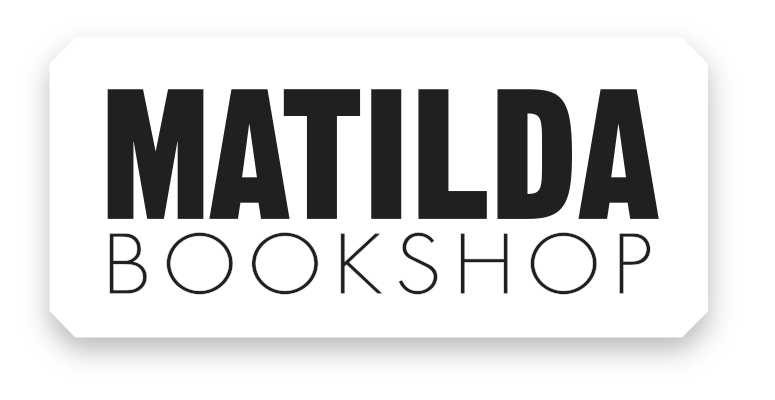
AUTHORS
Fiona McFarlane Q&A
Fiona McFarlane is the author of the novel The Night Guest, which was shortlisted for the Miles Franklin Literary Award, as well as a collection of short stories, The High Places, which won the International Dylan Thomas Prize. Her short fiction has been published in the New Yorker, Best Australian Stories and Zoetrope: All-Story. Born in Sydney, Fiona teaches creative writing at the University of California, Berkeley.
1. Why do you tell stories?
I tell stories because the world is beautiful and terrible, and writing helps me make sense of it.
2. Describe The Sun Walks Down in one (or two) sentence(s).
The Sun Walks Down tells the story of a small town in the Flinders Ranges during one week in September 1883, when the residents are searching for a lost 6-year-old boy.
3. The novel is a sublime and earthly evocation of the Flinders Ranges. Why did you want to write (the layers of story) of this particular country?
I first visited the Flinders Ranges in 2014 on a road trip I took after Adelaide Writers’ Week. I was struck by its beauty, but also by the unsettling quality of its colonial ruins, and knew right away that there was a complex and fascinating history to explore here.
4. A polyphony of voices is used to weave this story of a missing boy, from landowners, Indigenous trackers, European landscape painters, policemen, women and children, all in service to their relationship to place, each other, and the child. Can you talk us through your creative imperative to use multiple vantage points? Did it pose any challenges?
As soon as I realised I was writing a 19th-century novel, I knew I wanted to resist an authoritative narrative voice that insisted on only one version of the past. It was important to me that the novel be full of perspectives, some of them contradictory, and that it include voices we might not be used to hearing in the often-told tale of the child lost in the bush. The decision to include Indigenous characters was made early and with, I hope, great respect and humility. It’s impossible to tell this story without these voices; at the same time, the book is very conscious of the complexities involved.
5. There is a beautiful and resonant detail involving a possum skin cloak. What role do objects play in storytelling, and more specifically, how did the cloak come to be in this story?
This novel is about art (among other things!), and it was important to me that it include Indigenous art, as well as European. One of my characters becomes obsessed with the beauty of a possum skin cloak, without necessarily being able to articulate why, and the novel uses this obsession to think about what it means to desire something you don’t understand and may have no right to.
6. The wife of the Swedish landscape artist, an accomplished artist in her own right, enters a ‘room’, but not a bricks and mortar room, when she works. What is this room? Is (thinking about) art and artmaking a rich seam for you in your writing?
I think of this room as a symbol of privacy and self-sufficiency; these are things Bess’s husband, Karl, envies in her. He sees them as crucial to her ability to make her successful way through the world, but also wonders if they make her too comfortable to create ‘true’ art. Thinking about artmaking was definitely a rich seam for this novel, which is very interested in who gets to make art, and at what cost.
7. When and where do you write?
I write in private, at home, or from wherever I’m currently calling home, and mostly during the northern hemisphere summers, when I’m not teaching.
8. What are three things that sustain you as an author, or while you’re writing?
Reading, a view of trees, and Coke Zero.
9. Name three books that you couldn’t live without.
Flannery O’Connor, The Complete Stories; Jorge Luis Borges, Labyrinths; Christina Stead, Seven Poor Men of Sydney
10. What books are currently on your to be read pile/or what books can you not live without?
Books on my TBR pile include: Lesser Known Monsters of the 21st Century, by Kim Fu; The Written World and the Unwritten World, by Italo Calvino; This Devastating Fever, by Sophie Cunningham.


